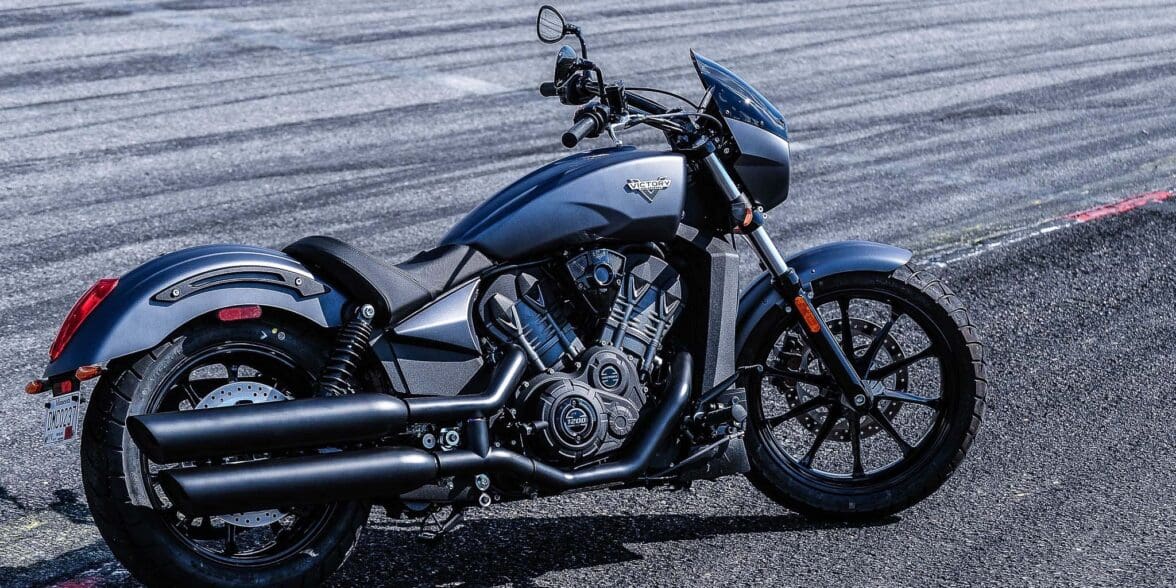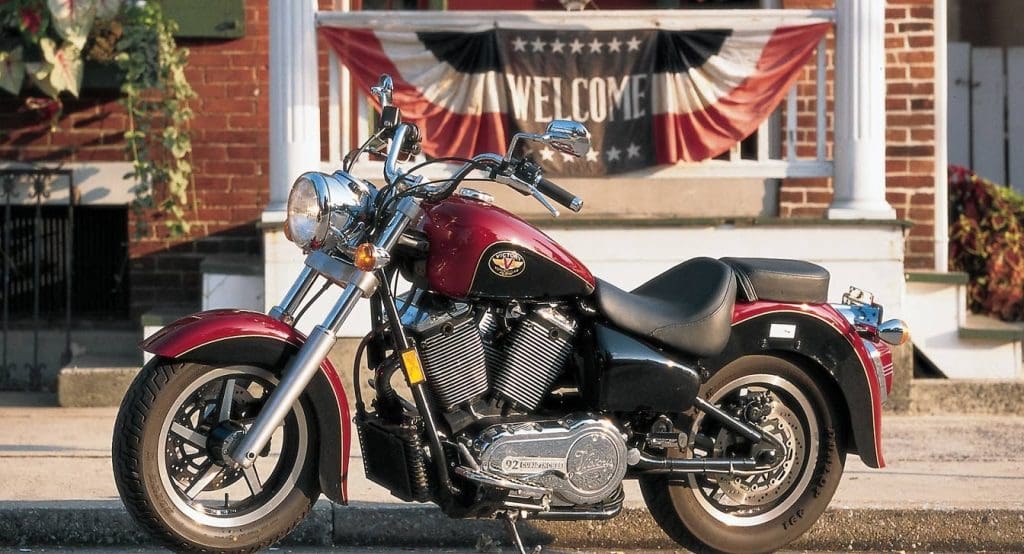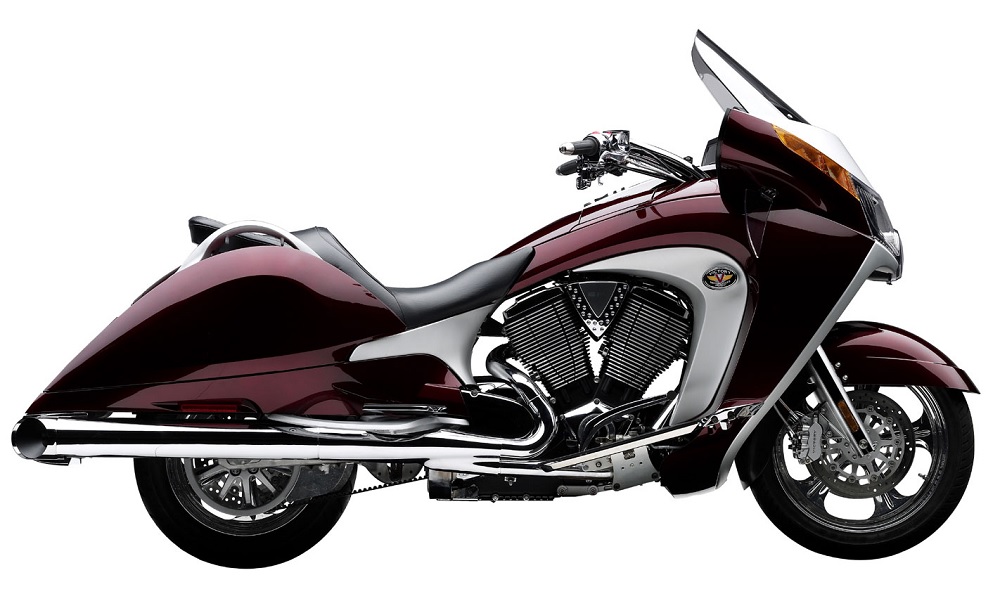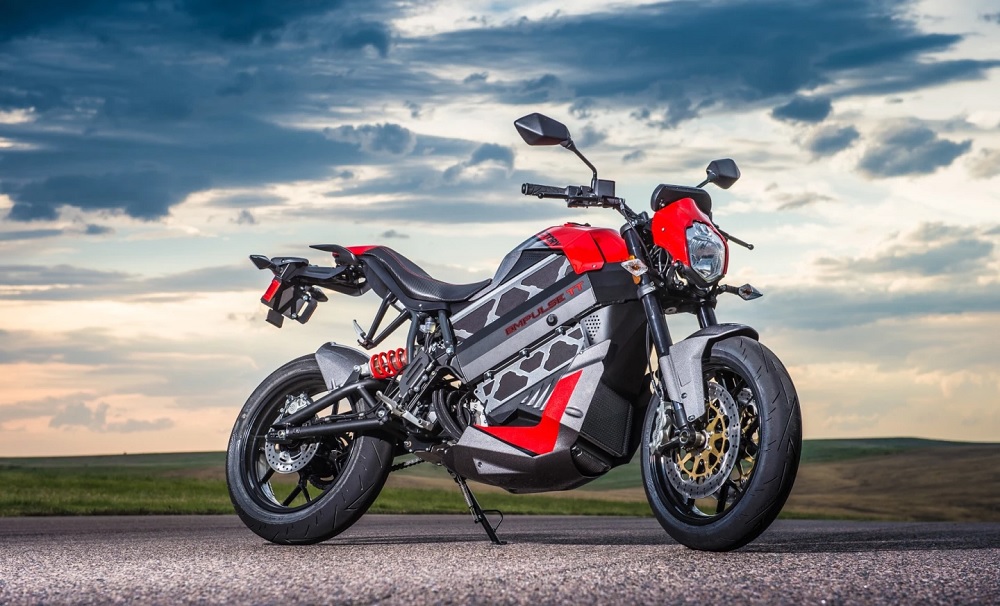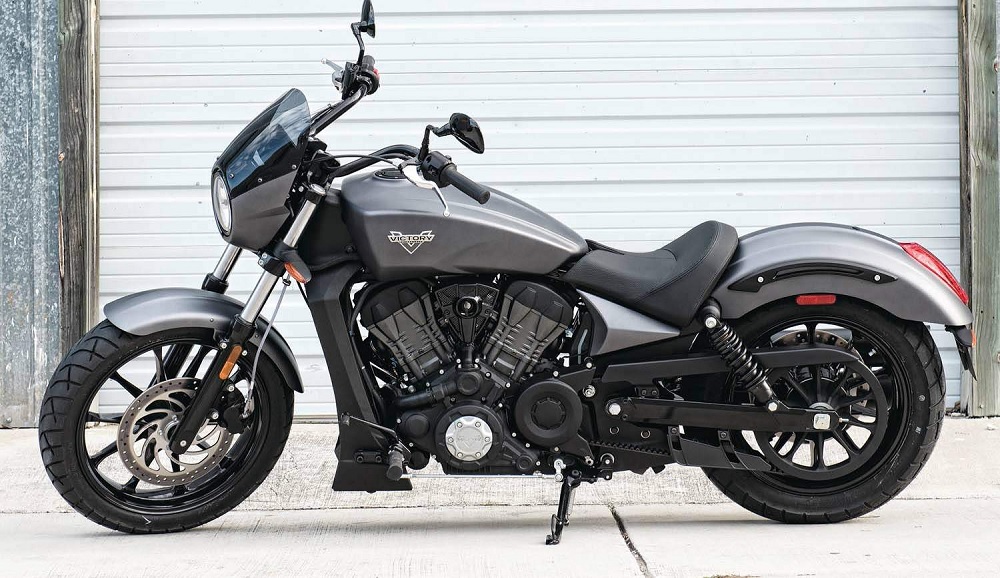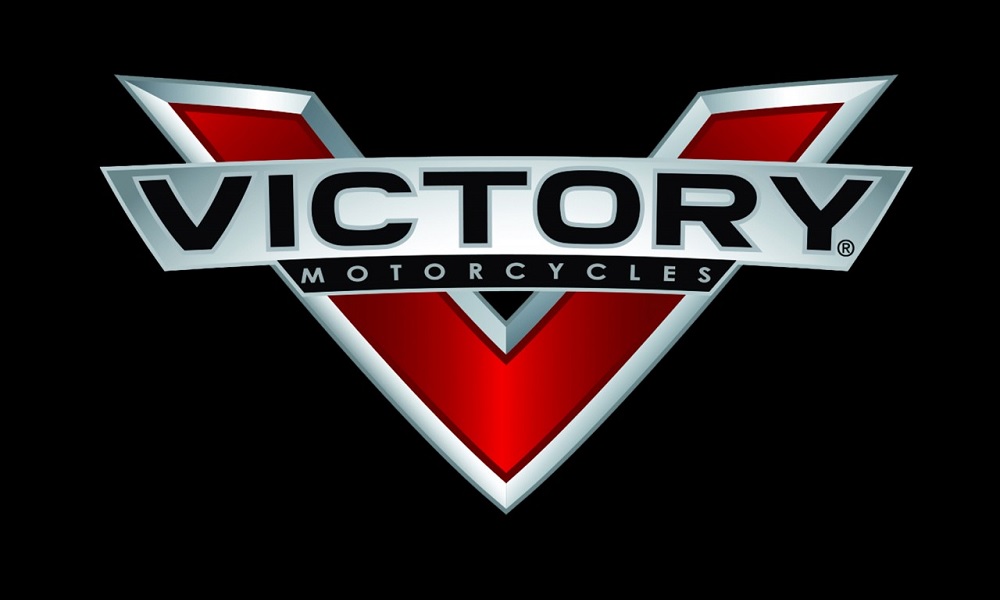When the Victory story came to an end in 2017, the brand left behind a legacy. Or rather, the departure of Victory left a hole in the market that still hasn’t been filled. While many riders may state that the market is already saturated with American-style cruisers, Victory offered something different.
It breathed a breath of fresh air into a stagnant market right when it needed it most. And just when things were starting to get really exciting for the brand, Polaris went and pulled the plug.
This is the short history of the greatest American brand that could’ve been.
The Beginning Of Victory Motorcycles
The concept behind Victory first emerged in 1994. Polaris Industries, a company renowned for building power sports products such as jet skis, ATVs, and snowmobiles, announced plans to enter the motorcycle arena. To do that, the company embarked on a market research exercise that produced interesting results.
Polaris learned that there was room in the market for something to rival Harley-Davidson. Big American cruisers were (and always will be) popular, but consumers were looking for another manufacturer to buy from, rather than buying into the Harley-Davidson dream.
During the mid-90s, motorcycle sales were soaring, and the likes of Harley-Davidson were experiencing an unprecedented sales boom. Polaris decided to capitalize on that demand by offering a more affordable, yet still American made, product.
In 1997, Victory was born. In the same year, Polaris pulled the covers off of a new American cruiser: the V92C.
The Victory V92C went on sale in 1998. The new kid on the block featured a 1,507cc V-twin engine, making it the largest displacement cruiser on the market at the time. But there was more to this exciting new model than size.
The engine was modern. It featured modern engineering that resulted in a smooth, fast, and reliable power that outclassed everything Harley-Davidson had on offer. If that wasn’t enough, the new Victory V92C boasted a unique, head-turning appearance.
Retro design themes swept across the V92C from tank to tail. Taking inspiration from the automobiles of the 1930s, the new Victory has curves in all the right places.
What’s more, the entire motorcycle was almost 100% American-made in Minnesota and Iowa. Everything was American aside from the Brembo brakes and British-made fuel-injection system.
Victory Motorcycles had arrived, launching a new era for the American motorcycle industry.
The Return Of Indian
Success didn’t occur overnight. Like many fledgling brands, Victory took a few years to establish itself in the market. By 2002, Victory began to turn a profit. This allowed the brand to expand, tempting Polaris to develop new models and broaden the product range.
One of the most unusual and exciting Victory motorcycles to roll into production was the Victory Vision. The Victory Vision first appeared in 2008. It was a 21st-century touring machine built on the legacy of traditional American tourers, but with a futuristic edge.
Its arrival was ill-timed, with the 2008 economic crisis just around the corner. Sales weren’t as high as expected. Still, it proved that Victory was a brand that could innovate. Proof that there was more to the marque than edgy Harley copies. This enthusiasm helped keep sales up despite the global economic hardships.
The success of Victory increased Polaris’s interest in the motorcycle market. This led to Polaris making an incredible investment. This investment was a momentous event for the American motorcycle industry, but it would have a knock-on effect that would hail the end of Victory in the years that followed. In 2011, Polaris purchased the Indian Motorcycle marque and revived it for the 21st century.
With a lineage that dates back further than Harley-Davidson, Indian was a true heritage brand.
Armed with two impressive marques in its portfolio, Polaris planned to promote Victory as a contemporary power cruiser brand, while pushing Indian as a more traditional, heritage manufacturer. Victory was for the more modern rider. Indian was for the old-school crowd. Together, they were a formidable force and managed to corner an impressive percentage of the US market share for road motorcycles.
A New Direction?
Polaris’s portfolio expanded once more in 2015 when it purchased Brammo. Brammo was an American electric motorcycle manufacturer. To help keep Victory relevant as an innovative brand, Polaris decided to lend Victory Brammo’s technology to launch the Victory Empulse. This would be the brand’s first electric motorcycle—which was essentially a Brammo with a Victory badge–and it was an absolute firecracker.
In 2016, the Victory Empulse RR raced at Pikes Peak and secured second place in the competition’s overall standings, and first place in its class. The Empulse’s gas-powered counterpart, the Victory Project 156, also managed to win its class and third place in the overall standings. In the weeks before, Victory also managed to secure an exciting second place in the Isle of Man’s electric TT.
Victory’s new pivot towards electric motorcycles and mainstream racing success was an unexpected direction, but one that was lauded by the motorcycling press and motorcycle riders of all stripes. A new breed of American motorcycle was on the way.
However, for traditionalists, Victory also offered a sleek new cruiser that straddled both the contemporary and the heritage worlds: the Victory Octane. Though it shared a lot of DNA with the Indian Scout, it was a fresh model that helped push Victory more into the spotlight.
But alas, this new and exciting direction for Victory was short-lived. Unfortunately, just as things were beginning to get interesting, the Victory dream was over.
Victory’s End
In January 2017, Polaris issued a press release stating that Victory would cease operations and the brand would be discontinued. The release explained that Victory was no longer profitable, and it would take significant investment to make it a viable product.
It was true.
Within Victory’s last five years, it only managed to turn a profit in three of those years. What’s more, Victory was significantly underperforming when compared to Indian.
In a short time, Indian had managed to surpass Victory’s sales and turn a greater profit. It also seemed that Indian’s potential was far greater than Victory’s ever could be, as customers seemed to prefer the look and feel of the Polaris heritage brand over the opinion-dividing but innovative Victory.
“Given the significant additional investments required for Victory to launch new global platforms that meet changing consumer preferences, and considering the strong performance and growth potential of Indian Motorcycle, the decision to more narrowly focus Polaris’ energy and investments became quite clear,” the press release stated.
Production of all Victory models ceased at the brand’s Iowa factory. The existing stock was sold off, and the Victory story came to an abrupt end. Just like that.
The Legacy That Victory Left Behind
Victory Motorcycles may be no more, but the brand’s legacy lives on. Today, used models are still available, and Polaris will still provide parts and dealership support until 2027 at the earliest. The brand may have been discontinued, but it will be remembered for more than just its excellent range of more than 60 motorcycles. Here are a few key things that Victory brought to the cruiser arena:
Firstly, it brought the fight to Harley-Davidson. The brand produced American-made power cruisers to rival the Bar and Shield, and for a significantly cheaper price. American-made V-twins had never been so affordable and accessible.
Secondly, Victory was able to break away from traditional American cruiser stereotypes. Futuristic and daring shapes replaced the bling and chrome more commonly associated with the cruiser scene. It wasn’t for everyone, but Victory proved that there was more to the cruiser market than previously thought.
Lastly, Victory brought performance to the cruiser scene. Not only did the brand enter into world-class racing competitions, but it also added unexpected performance parts to its stock models. Brembo brakes were equipped as standard, and the rear suspension of Victory’s models really was a cut above the rest.
Victory is no more, but its legacy lives on in Indian and will continue on in the next chapter of the Polaris story.


